My heart rate accelerated in anticipation of what was about to happen. I’d seen it many times on TV but never in person, let alone five meters in front of me! I had come to the Sierra of Hornachos in Extremadura, Spain, to witness the release of some birds of prey and storks back into the wild. Injured birds that had fortunately been found and rushed to the NGO wildlife sanctuary called AMUS (Acción por el Mundo Salvaje, meaning Action for the Wild World) to be nurtured back to health and subsequently released back into nature.
As a storytelling photographer, I wanted to document this event, so I set my camera’s settings to high-speed continuous, commonly referred to as spray and pray, so as not to miss any moment. Peering through the viewfinder, I waited for the magic moment.
Alvaro Guerrero, the founder and director of AMUS, is a firm believer in change through education. Periodically, he releases birds back into nature and turns these events into an opportunity for people, especially children, to participate. It’s literally a hands-on learning experience. On the day of the release, he hands a bird to a person who has volunteered to participate, who in turn releases the wild animal into the air.

Alvaro with an Eagle Owl (Bubo Bubo)
I saw on Facebook sometime in early September 2023 that on the 17th, AMUS would release some birds back into the wild. Immediately, I was interested, both personally and professionally, and so I showed up.
Click, click, click……off went my shutter, capturing the arms as they started to elevate the bird toward the sky to set it free. The hands opened to free the captive bird, which no longer felt bound. It spread its wings and made a dash for liberty. This is, to me, the magic moment—that split second in time when hands release their pressure, opening the gates to freedom, and the physics of flight takes over. My heart races every time. I was hooked.
The following photos tell the story of why AMUS exists.
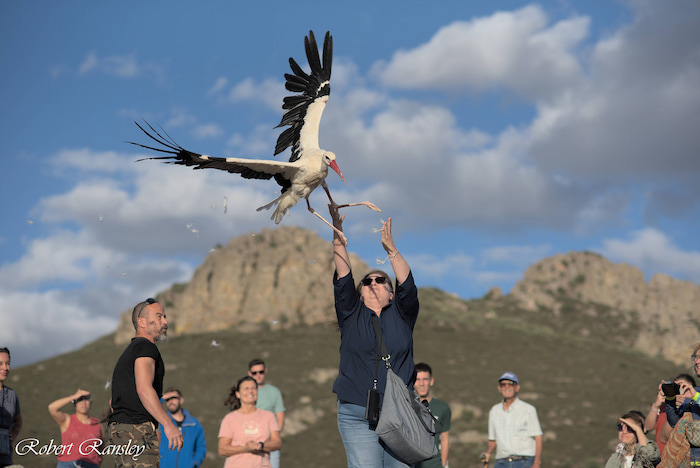
Alvaro watches as the magic moment comes for a White Stork (Ciconia Ciconia).

The same White Stork seconds after its release.
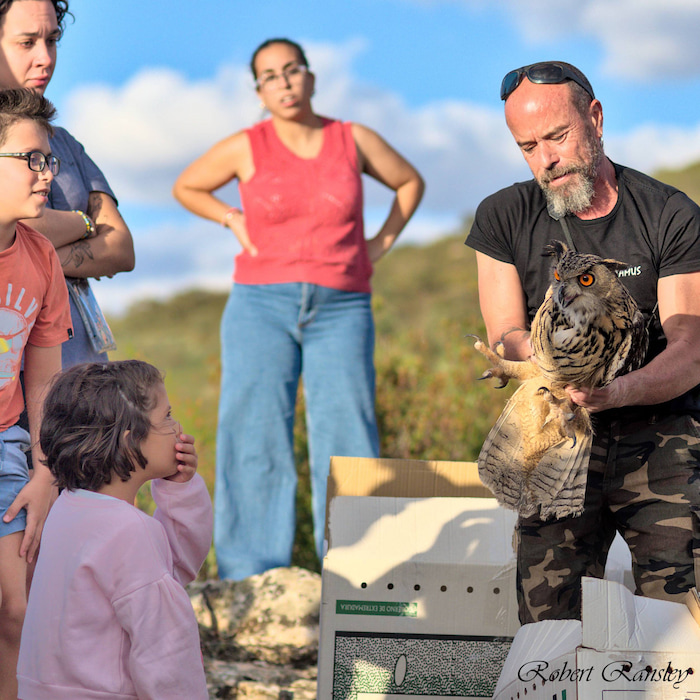
Alvaro removes an Eagle Owl (Bubo Bubo) before handing it over to a person for its release. Note the little girl's expression.
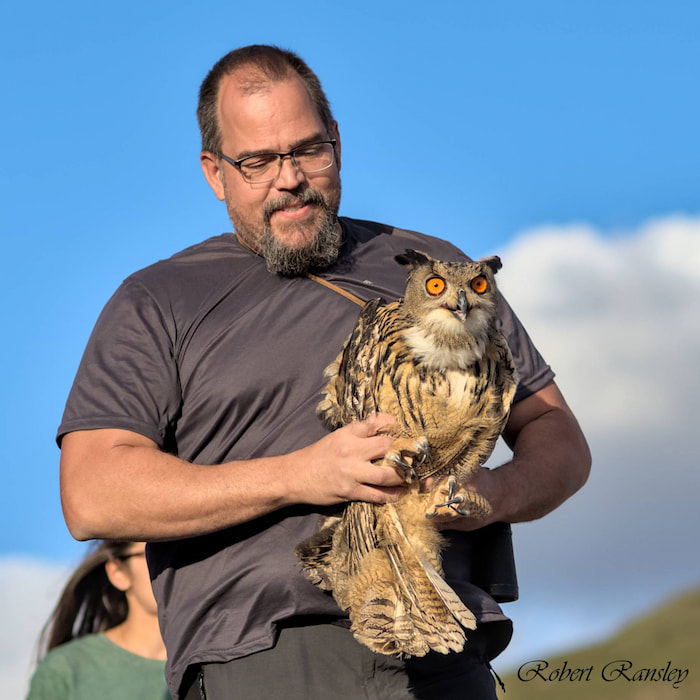
Seconds away from freedom.
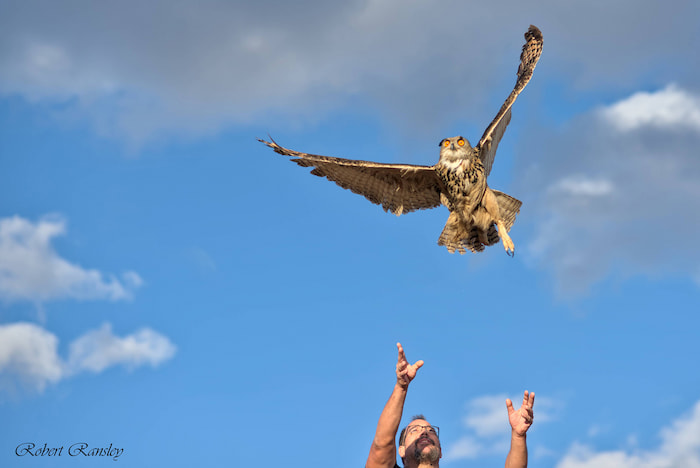
Go
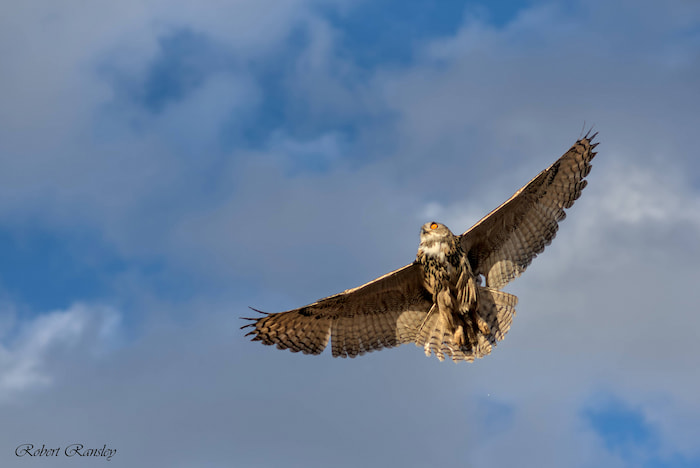
This is where you belong.
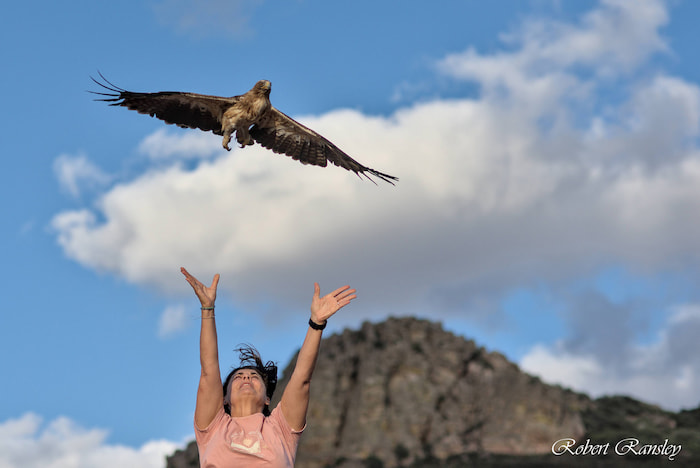
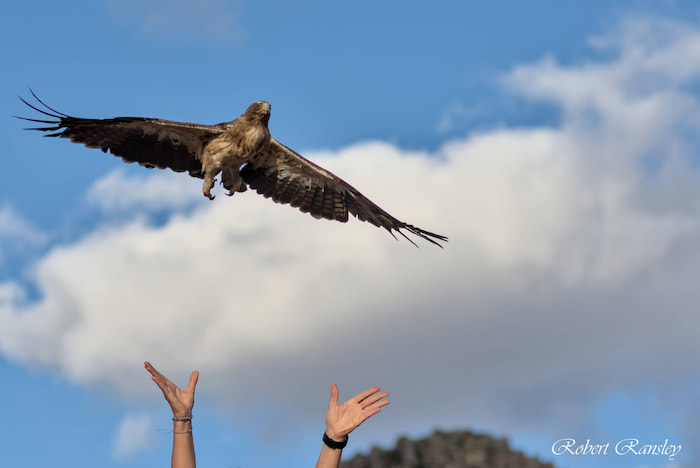
A Booted Eagle (Hieraetus Pennatus) takes to the air in time for the migration south.
Founded in 1995, AMUS is a non-governmental organization based in Villafranca de los Barros, Extremadura, Spain. Its mission centers on the conservation of wildlife, particularly birds, and the preservation of natural habitats. AMUS arose in response to a critical gap in medical care for injured or sick wild animals in Extremadura and has since evolved into a leading international entity in wildlife conservation.
Over the years, AMUS has evolved into a diverse team of professionals, each specialized in different fields, working on clear strategies tailored to meet the intricate needs of wildlife conservation. The organization employs a scientific approach, rigorously analyzing and justifying each action. It has earned the trust of governmental and private institutions, both in Spain and internationally, enabling it to work directly in managing endangered species and sensitive habitats.
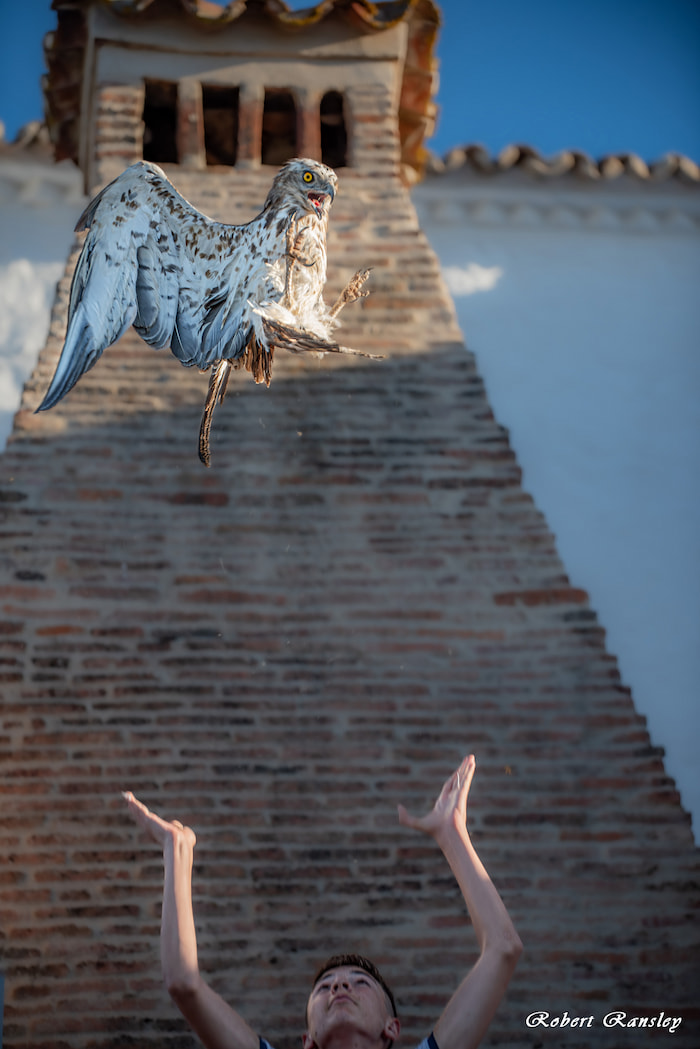
A Short-toed Snake Eagle (Circaetus gallicus) leaves the grip of a young boy.
AMUS’ wildlife hospital has become a biomedical training and innovation reference point, thanks to its agreements with 13 universities. It has revolutionized the treatment of injured animals by using innovative medical techniques, making them leaders in avian medicine.
For example, AMUS has developed new methods for treating bone fractures in birds, especially in cases where conventional techniques would result in euthanasia. These methods include bone grafts for treating old fractures where bone necrosis has occurred or fractures caused by gunshot wounds shattering bones into unrepairable fragments. These grafts have provided a second chance for many species, such as Bearded Vultures (Gypaetus barbatus), Common Buzzards (Buteo buteo), Eurasian Eagle Owls (Bubo bubo), Booted Eagles (Aquila pennata), Griffon Vultures (Gyps Fulvus), and Black Kites (Milvus Migrans). Some of these rehabilitated birds are now equipped with GPS transmitters and continue to migrate between Europe and Africa. Another cutting-edge technique involves regenerative cellular therapies, such as the use of platelet-rich plasma, which promotes tissue regeneration in both soft tissues and bones.
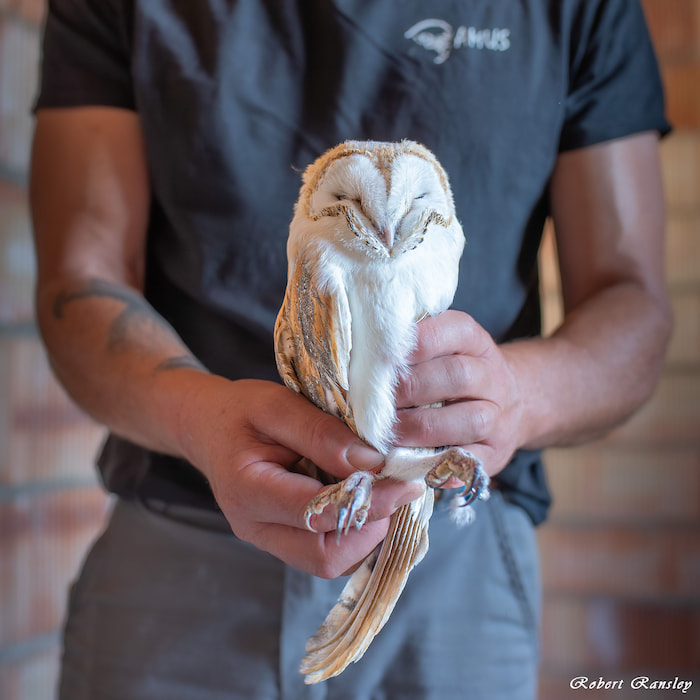
An injured young Barn Owl (Tyto Alba) is admitted to AMUS’ hospital.
In recent years, AMUS has made significant strides on the international stage, participating in innovative projects and gaining recognition for its practical, results-driven approach. The hospital's efforts have helped reintroduce vultures across Europe, foster collaboration between agriculture and nature conservation, and prevent the deaths of over 1,000 Montagu’s Harriers due to agricultural machinery.
Through its scientific research, conservation projects, and international collaborations, AMUS continues to contribute to protecting wildlife and preserving biodiversity in Spain and beyond. The organization’s impact is not only felt in the field of veterinary medicine but also in education, research, and public policy, making it a key player in the global effort to conserve endangered species and their habitats.
Should you wish to make a donation to AMUS, please do so here: Donations.
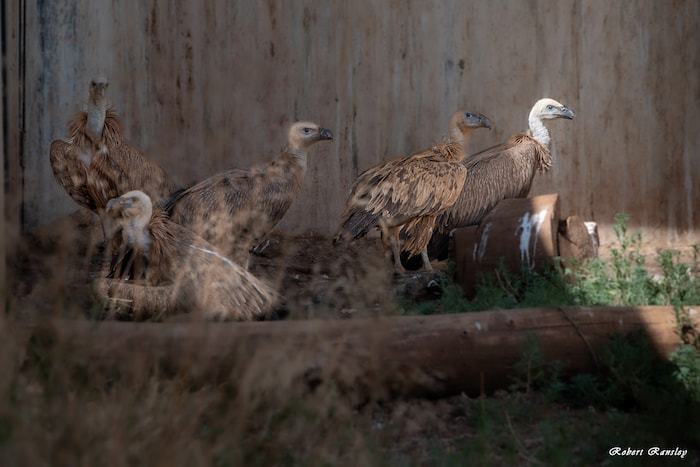
Several Eurasian Griffon vultures (Gyps Fulvus) in various stages of recovery.
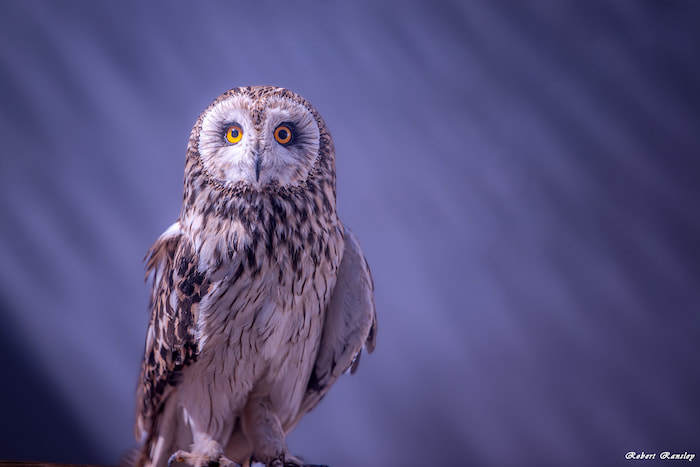
A convalescent Short-Eared owl (Asio Flammeus) patiently awaits its release date.
One day in July 2024 Alvaro called me to photograph the release of a young Osprey that had been electrocuted. This was a release not open to the public due to the delicate nature of the animal being the only Osprey in the region of Extremadura. But this story is for another article in the near future, stay tuned! Get in touch at robertransley.com
Main Image: A juvenile Osprey (Pandion Haliaetus) is caught by Alvaro prior to its return to its nesting area on the Guadiana River, a natural border between Spain and Portugal. In the near future there will be an article on this interesting story. Alvaro’s passion for birds of prey is reflected in the tattoo on his arm.


